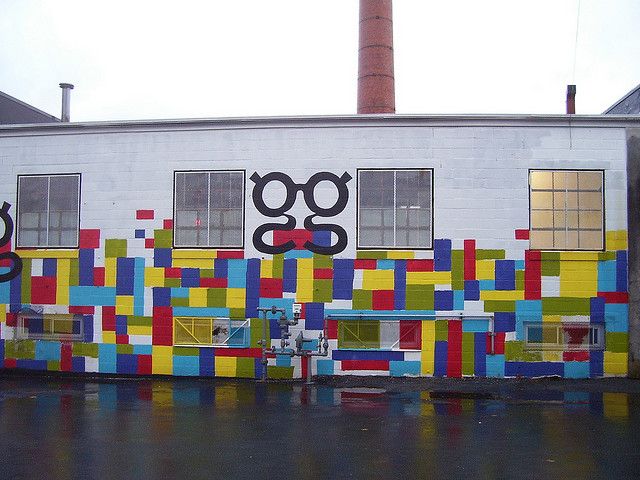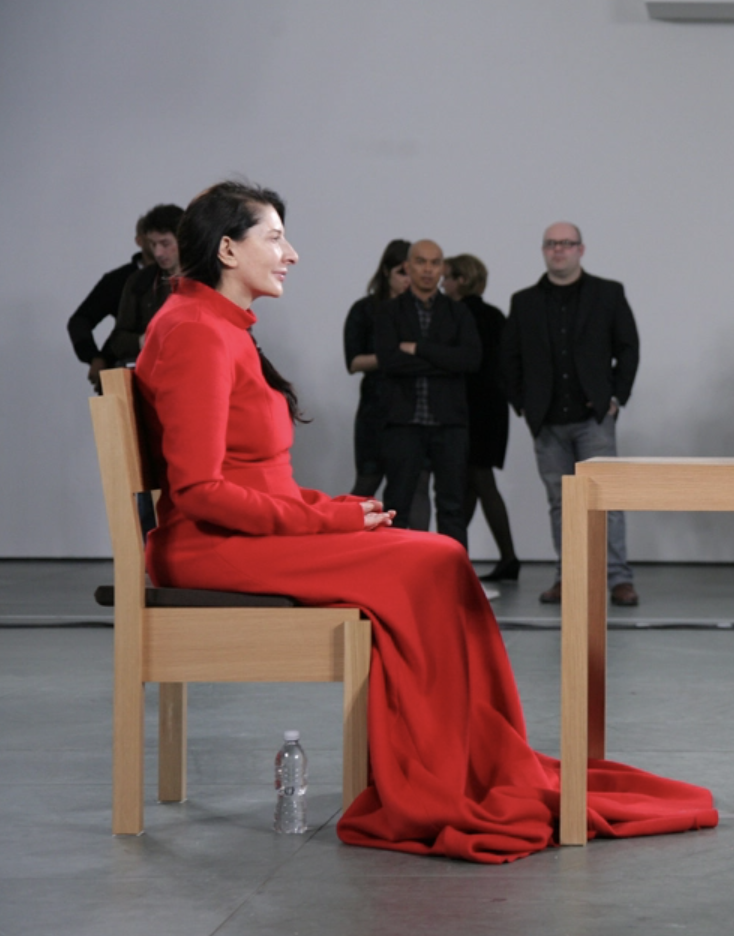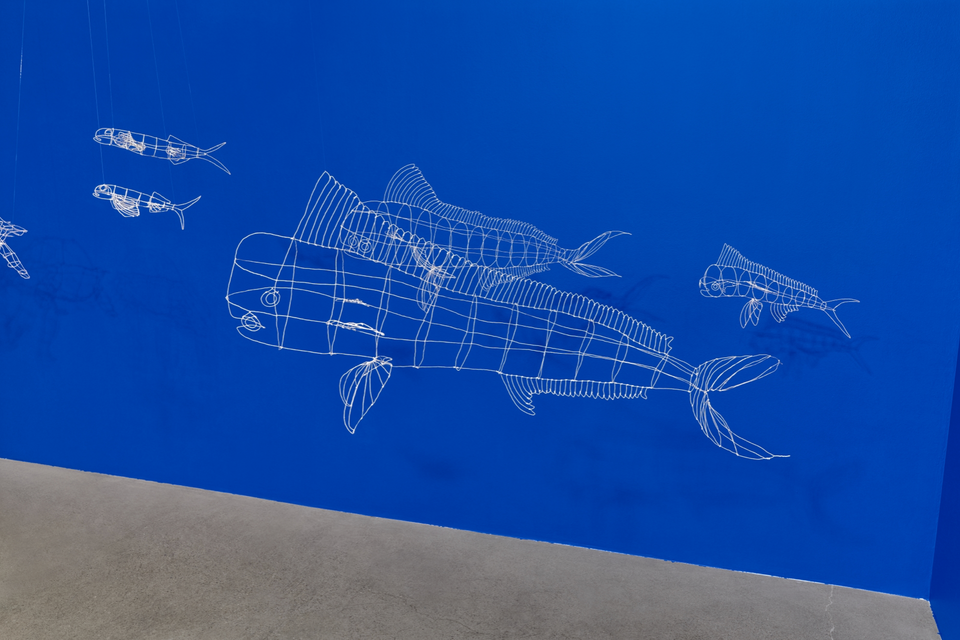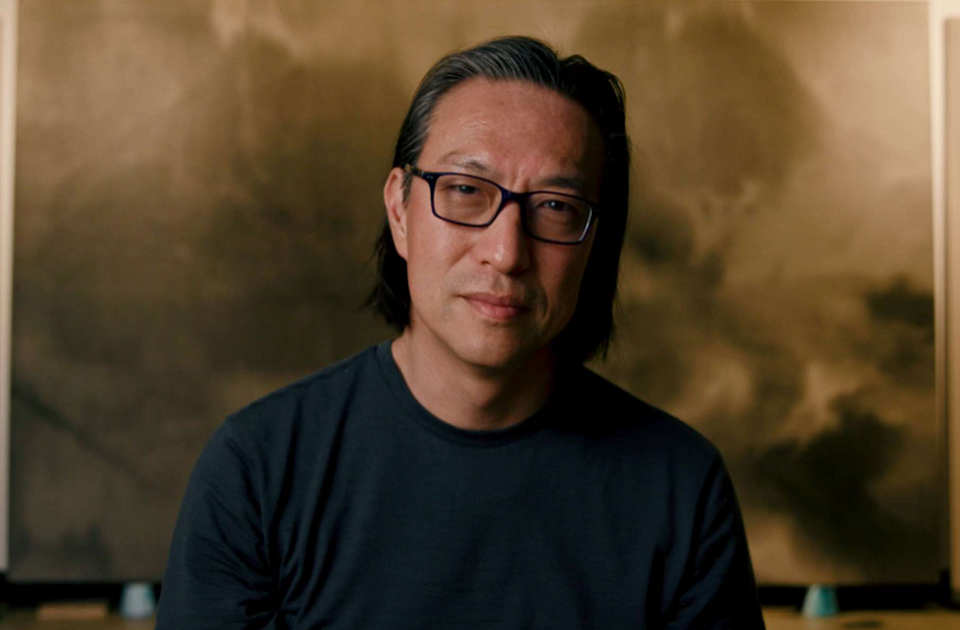This piece was first published last April.
In early March, Tom Brokaw picked Reading, Pennsylvania as “emblematic of many struggling cities.” In his short profile, students at Reading High School say they can’t wait to get out of this city. For many years, people in the suburbs and surrounding farmland told me they didn’t want to go in. Reading has been a city to drive around at all costs, and a place to dream of moving away from.
Slowly but vitally, crime rates have declined in Reading and new commerce has sprung up. Revitalization still looms a long way off, and a staggering unemployment rate, homelessness, and poverty hover close. But if Reading really functions as a symbol of other U.S. cities’ struggles, then maybe closely examining one crucial element of what makes people in Reading proud of their community and hopeful about its future will illuminate what can help elsewhere.
The GoggleWorks, the biggest arts center of its kind in the nation, calls Reading home. As a renovated factory building set in the heart of Reading, it sparks hope that the arts can jolt life into the city.
The campus is roomy enough to feel peaceful. Well-lit hallways look into 34 active studios. It’s also busy enough to feel energized. Seniors, high schoolers, professionals, and elementary kids walk the halls. High school girls chat in Spanish and laugh. Artists help each other haul sculptures into one of the GoggleWorks’s five galleries.
Anyone can tour the galleries for free. Visitors can wander up to the second and third-floor studios to view works completed and works-in-progress and leave notes for artists or talk to them while they work. Community members can take classes at the GoggleWorks, and students can receive need-based scholarships. Several artists, like artists-in-residence and husband and wife Jesse Walp (woodworking) and Bethany Krull (ceramics), have visited city classrooms. About his recent classroom visit, Walp said he wanted the third-graders to know “…there are other options in life. There are artistic ways to live.”

With such freedom of movement into and out of the GoggleWorks, the community has embraced the GoggleWorks as theirs. Barbara Thun, a GoggleWorks artist who says she wants viewers of her paintings to feel both an experience of beauty and a sense of unease, says, “Already our neighborhood community takes pride in this place.” Thun, who is also on the GoggleWorks’s board, points to a lack of vandalism around the art center’s six-building campus as evidence that the community feels ownership.
How Does It Start?
So let’s say you live in an economically-gasping city like Reading and believe art fosters collaboration across the many lines that divide people, and you believe that this kind of collaboration infuses life into neglected urban areas. How do you start a center for the arts in a city like Reading?
The GoggleWorks began when Albert Boscov took a walk.
Boscov visited Bethlehem, Pennsylvania (that’s right, “Christmas City“) during a First Friday event. Boscov happens to be Reading’s best-known businessman; his family started a chain of department stores. As he found himself among thousands who thronged downtown Bethlehem’s streets, he considered how similar Bethlehem’s history was to Reading’s and envisioned Reading infused with this kind of energy.
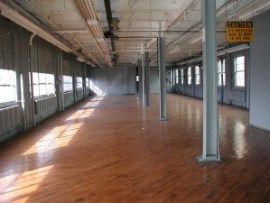
Boscov knew the arts had been instrutmental in reeling Bethlehem back from the edge when it lost its industrial base. (Remember Billy Joel’s song “Allentown“? Remember the line about Bethlehem Steel: “Out in Bethlehem they’re killing time”?) Boscov contacted Diane LaBelle, an architect who had just left her job as director of Bethlehem’s Banana Factory arts and cultural center to ponder what to do next in life. When Boscov approached her with the idea for a Reading-based arts center, it was clear that this was what to do next.
The idea for the GoggleWorks took shape. The city donated a recently-closed factory that had manufactured safety glasses. As LaBelle toured its interior, she says, “It was so filled with light… I could see artists working.”
Boscov gathered a small cohort who asked LaBelle for a concept design. She capitalized on the light that had captivated her and left the factory’s aesthetic intact. Indeed, encountering old boilers, heavy steal doors, and defunct circuit-breaker boxes, GoggleWorks visitors can still imagine themselves spelunking through an old factory.
The whole process, from the day LaBelle first saw the building to the day the GoggleWorks celebrated its opening, took three years. LaBelle’s concept crossed the governor’s desk in 2004, and he approved it and granted $3 million for the project that same year. Meanwhile, Boscov’s cohort ran a capital campaign to raise additional funds and LaBelle met with “anybody that would meet with me” to ask them: what does Reading need from an arts campus? It turned out that people from over 500 organizations wanted to meet with her. Above all, as GoggleWorks’s soon-to-be founding director, LaBelle wanted to fill in the gaps and provide what the city’s arts organizations needed, “but not be competitive with what was already there.”
Why Art?
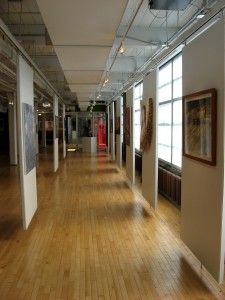
But what does all this mean for the community? Why does an arts center bode good things for Reading?
When Barbara Thun describes changes the GoggleWorks art center has made in Reading, she talks about the parents of Berks Ballet Academy students. Many of the students lived outside the city and their families weren’t used to driving downtown. At first, when Berks Ballet moved into the GoggleWorks, parents picking up their kids would idle their cars as close to the door as possible, wait for the young ballerinas to hop in, and whisk them away. As suburban parents grew more and more comfortable with the GoggleWorks and Reading, this changed. Barbara Thun would see kids with dance gear sitting outside, laughing and playing while waiting for their parents.
More foot traffic into and around the GoggleWorks means more people on Reading’s streets and that, says Thun, “equals less crime.” The GoggleWorks’s large parking lot casts light on the surrounding sidewalks and helps make the city safer at night.
More people crossing into downtown Reading means the city is now part of a bigger relationship. Ideas, cultures, and talents that had stayed isolated as suburban, rural, and urban people kept their distance from each other can now mingle, and that feels safer and more comfortable each time it happens.
Not only does a site for the arts make art experiential, it means that artists are seen as essential to the community—risk-takers and beautifiers who will care for the community’s good– instead of being thrust to its outskirts. For a long time, many Berks County artists felt alienated from their community. GoggleWorks artist and board member Suzanne Fellows, creator of a blogging paper doll named Eudora Clutey, has lived in the area for 27 years. She told me, “I felt like a total outsider until I found this place… Now that I’m at the GoggleWorks, I don’t want to leave.”
There must be something about the process of making art that is hopeful, too. To peer into artists’ studios is to see that beauty and wonder emerge through slow, sometimes mysterious and labored accretion. Watching ordinary people discipline themselves to bring forth artifacts is indicative is good evidence of a city still “in progress.”
Creating a Place like the GoggleWorks
What could brand new or concept-stage community arts centers learn from the GoggleWorks? What attitudes and plans make the GoggleWorks function well in downtown Reading? Here’s what the GoggleWorks artists, staff, and founding director think.
1. The community has to want it.
It can’t be one person’s brainchild or something only artists want. The community needs to grab onto the idea, help to make it happen, and be aware that the art center is there. You “can’t just put art there and hope people will see it,” says Kristin Kramer, GoggleWorks’s Director of Marketing and Development. From the get-go, the GoggleWorks designated a “special events committee” of people who knew Reading well and could organize events designed for neighborhood appeal.
2. The community has to feel like it’s theirs.
Providing scholarships so that everyone can come is essential, and so is refusing to have a territorial attitude toward the arts center.
3. Artists have to feel like it’s theirs.
Many GoggleWorks artists serve as board members, and all of the third-floor artists gather for Friday lunches, which have resulted in new ideas for exhibits.
4. People need to feel safe.
Keeping the GoggleWorks well-lit and ensuring plenty of foot-traffic has made even those who are cautious about Reading feel at ease here.
5. Other organizations can contribute.
Renting two floors to “arts partners,” arts-oriented companies and non-profits encourages cooperation, a central hub for the arts, and even a solution to economic challenges non-profits and small organizations face.
6. Artists can volunteer their time.
The GoggleWorks requires artists to contribute six hours per month of volunteer time, which keeps rent low and allows the GoggleWorks offer even more to the community.
7. Variety helps.
The GoggleWorks houses a theater that shows independent films and facilities for glassblowing, photography, woodworking, ceramics, jewelry-making, and more. Variety draws a greater range of artists, lets artists learn from each other, and invites community members with a broad range of interests to take classes and learn new skills.

